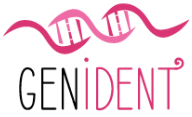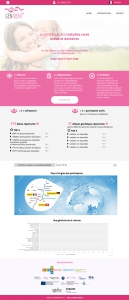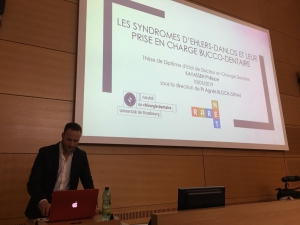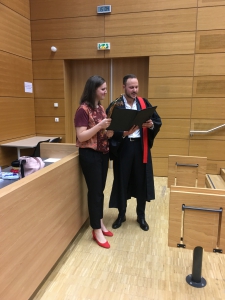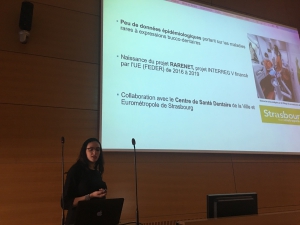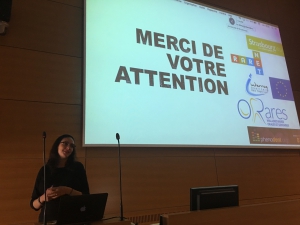Protocol GenoDENT: Implementation of a New NGS Panel for Molecular Diagnosis of Genetic Disorders with Orodental Involvement.
2019/ Methods Mol Biol. 2019;1922:407-452.
Wehrle A, Witkos TM, Unger S, Schneider J, Follit JA, Hermann J, Welting T, Fano V, Hietala M, Vatanavicharn N, Schoner K, Spranger J, Schmidts M, Zabel B, Pazour GJ, Bloch-Zupan A, Nishimura G, Superti-Furga A, Lowe M, Lausch E.
Rare genetic disorders are often challenging to diagnose. Anomalies of tooth number, shape, size, mineralized tissue structure, eruption, and resorption may exist as isolated symptoms or diseases but are often part of the clinical synopsis of numerous syndromes (Bloch-Zupan A, Sedano H, Scully C. Dento/oro/craniofacial anomalies and genetics, 1st edn. Elsevier, Boston, MA, 2012). Concerning amelogenesis imperfecta (AI), for example, mutations in a number of genes have been reported to cause isolated AI, including AMELX, ENAM, KLK4, MMP20, FAM83H, WDR72, C4orf26, SLC24A4, and LAMB3. In addition, many other genes such as DLX3, CNNM4, ROGDI, FAM20A, STIM1, ORAI1, and LTBP3 have been shown to be involved in developmental syndromes with enamel defects. The clinical presentation of the enamel phenotype (hypoplastic, hypomineralized, hypomature, or a combination of severities) alone does not allow a reliable prediction of possible causative genetic mutations. Understanding the potential genetic cause(s) of rare diseases is critical for overall health management of affected patient. One effective strategy to reach a genetic diagnosis is to sequence a selected gene panel chosen for a determined range of phenotypes. Here we describe a laboratory protocol to set up a specific gene panel for orodental diseases.
Read the article: https://www.ncbi.nlm.nih.gov/pubmed/30838594

